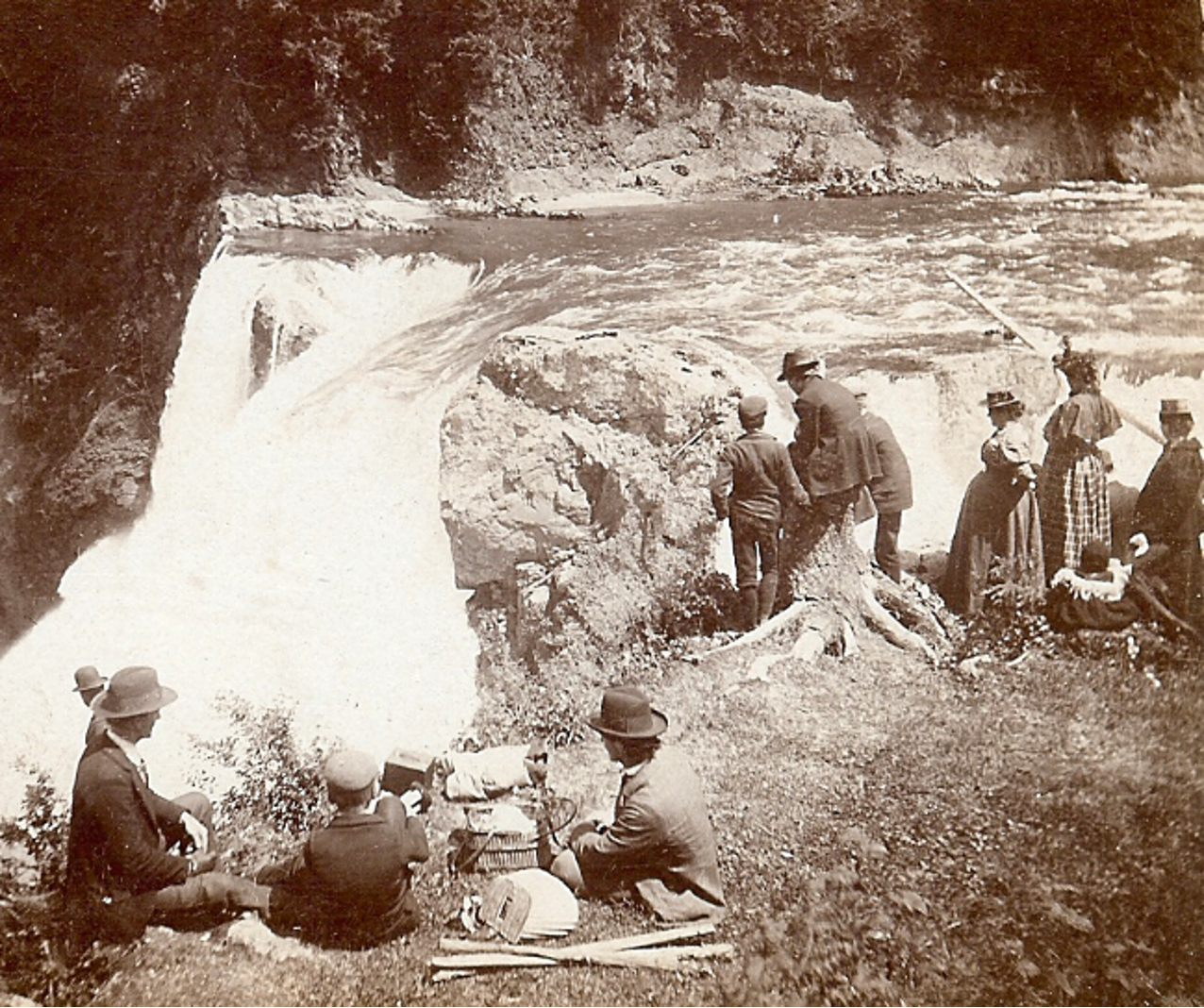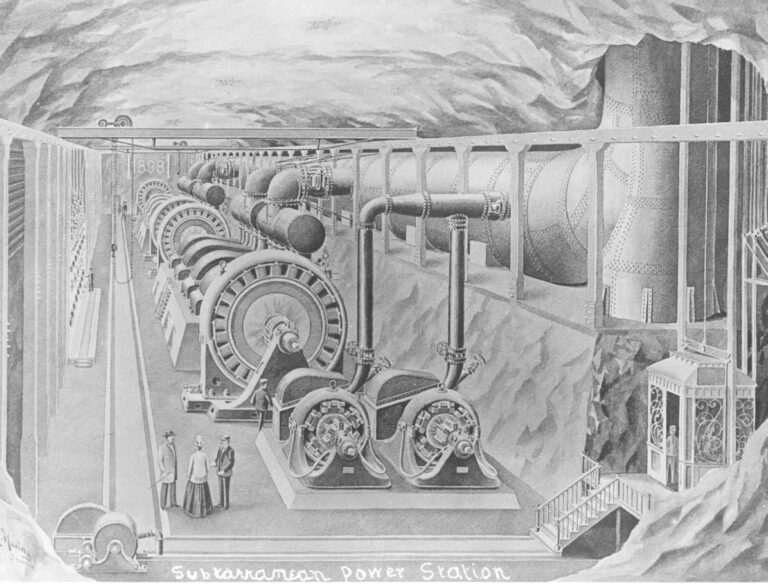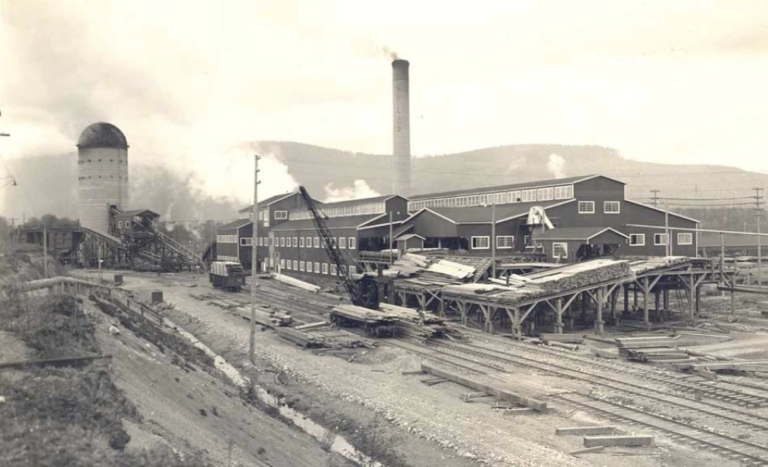

The History of Snoqualmie Valley Tourism
In 1851, explorer Samual Hancock came up to the Snoqualmie River searching for coal. To his surprise, he instead stumbled upon the breathtaking Snoqualmie Falls.
In 1851, explorer Samual Hancock came up to the Snoqualmie River searching for coal. To his surprise, he instead stumbled upon the breathtaking Snoqualmie Falls. Right away, he knew had to spread the word about his discovery, and soon after, he created the first written record of the Falls. Following Samual’s account of the Falls, tourists began to discover Snoqualmie Valley and all it had to offer.
By 1889, regional entrepreneurs had financed the Seattle, Lake Shore and Eastern Railroad which connected Seattle’s tidewater to Sumas, Washington, on the Canadian border. Today, we know it as the Burke-Gilman Trail. The establishment of this passageway triggered the founding of Snoqualmie and North Bend and resulted in a major increase in tourism for Snoqualmie Valley.
In 1919 the Snoqualmie Falls Lodge, which would later become Salish Lodge, opened at Snoqualmie Falls. Originally available as an eight room inn, this classic spot quickly became famous for its proximity to the Falls and their four-course Country Breakfast, including the iconic Honey from Heaven, giving visitors a whole new reason to visit Snoqualmie Valley.
Today, Snoqualmie Falls and Salish Lodge are one of Washington’s most popular scenic and beloved attractions. The Falls are known internationally for their prominent inclusion in the television series Twin Peaks and they attract more than 1.5 million visitors each year. Tourists from all over come to enjoy Snoqualmie offerings such as hiking and biking and other activities including DirtFish Rally School, Meadowbrook Farm, The Snoqualmie Valley Historical Museum, The Northwest Railway Museum and Snoqualmie Valley Railroad and much more.
Through the redevelopment of the Snoqualmie Mill site, our goal is to repurpose and reposition this former hub to regain its reputation as a flourishing economic driver and provide new authentic, creative retail experiences, serving the community and complementing the significant existing recreational tourism patterns. With the completed development, we look forward to the opportunity to present a new attraction drawing visitors from far and wide and to share all the unique offerings of the place we call home.
Materials and credit for this blog post are attributed to Dave Battey, the Official Historian for the City of Snoqualmie and the Snoqualmie Valley Historical Society.



